By Vanesa Restrepo
Today the cabins for the application of paint are fundamental equipment in the improvement of the productive processes inside the companies. Their contributions range from savings in raw materials, higher quality in the finishing phase, better quality parts, to cleaner and safer processes inside and outside the plant. It is a fact. Although in a painting process the quality of this is the best on the market, all its qualities are lost if it is applied in an adverse environment loaded with dust residues (which adhere to the piece), or that stimulates the appearance of defects that end with what could have been an excellent final product and generate losses.
Precisely to avoid these expensive problems there are paint booths, restricted units delimited by walls, which function almost like a "surgery room"; technologically adapted to create an artificial atmosphere in which this important stage of manufacturing is advanced, with one hundred percent quality. They guarantee the control of the variables that affect the properties and purposes for which the paint was created as well as the collateral consequences of applying it on a surface during the process.
The cabin is a fundamental component in the paint shop in which the ideal environment for quality repainting is produced. But it not only brings advantages in order to guarantee a perfect finish, but also from the environmental point of view, since most paint particles and volatile organic compounds are retained, and from the point of view of occupational risk prevention, since it allows the painter to work in controlled conditions. In addition, if it is a paint booth-oven, it reduces drying times when working at temperatures of about 60 - 80 ºC.
The process
A paint booth is an enclosed area in which the vehicle or piece to be painted is introduced, and through which air circulates from the roof of the cabin to the floor of the cabin. This forced circulation of air, vertical and downward, is responsible for dragging the remains of aerographic spraying.
The air captured from the outside, is passed through a filter to remove the main impurities, then can be heated by a boiler that raises its temperature to the optimal point of application, which is about 20-22 ºC.
Before entering the cabin, it is passed through filters that remove fine dust particles to prevent dirt from adhering to the paint film. The outlets of this air are made by the lattice floor, filtering the air through the so-called stops, filters that are under the grids and that retain the remains of the paint in suspension.
These filters must be renewed after a certain number of hours of operation of the cabin, since they are loaded, hindering the circulation of air in the cabin and creating an excessive overpressure that harms both the painting (interior turbulence is created) and the operator, when working in an unhealthy environment that can cause fatigue.
These paint-stop filters only retain solid paint, so the paint's solvents, volatile organic compounds (VOCs), would be expelled into the atmosphere. To retain these contaminants, the cabins can have an organic vapor filtration system, it is an activated carbon filter that must also be renewed from time to time for it to be effective.
The air inside the cabin circulates from top to bottom, creating a vertical and downward flow that ensures proper air renewal inside the cabin. The air flow in the paint application for a typical cabin is approximately 20,000 m3/h, with an average air velocity of about 0.4 m/s. The design of the cabin must ensure that in this air circulation there is no turbulence, to ensure that the remains of paint are directed directly to the lattice area of the ground.
The volume of air introduced is somewhat higher than that of air extracted, so that a slight overpressure is created in the cabin that results in a current of air outflow from the cabin to the outside through the closures, even when opening the door, since if it were in the opposite direction unfiltered air would enter with dust particles and paint from the operations adjacent to the paint booth.
The introduction and extraction of air can be done by means of a motor fan group, or by means of two, depending on the dimensions of the cabin. In the case of two motor fans, one is responsible for the air suction and the other for its impulsion, each exercising an independent function.
Types of cabins
In the manual painting system, the line operators have to load the material to be painted on a hooker, place it to paint in the cabin, remove it to place it in the oven and remove it again to cool. In continuous lines, the only manual operation is the placement in the hooker and the removal of the pieces, practically cold, after curing.
The manufacturers of paint booths offer different possibilities to adapt to the available space, investment possibilities and the needs of the workshops. In this way, a cabin can offer different options, such as air flows ranging from 15,000 to 60,000 m3 / h, mounted with or without base, suction group and air impeller of one or two engines, generator set for gas-oil operation, natural gas or natural gas in air vein, with or without activated carbon scrubbing equipment, fully lattice or mixed plinth, different qualities in the materials used, conventional air drying or infrared radiation, or a design: tunnel type (painted and dried in different spaces), parallel (similar to the previous one but with lateral displacement), or the most common, cabin-furnace.
In table 1 we have analyzed the characteristics of some cabins offered by manufacturers in Latin America. These are two automatic application systems that offer the possibility of one or more guns, according to the requirements of the applicator.


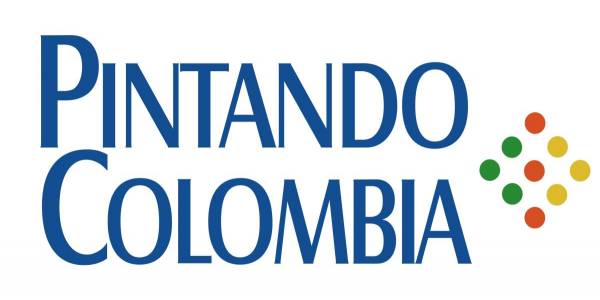
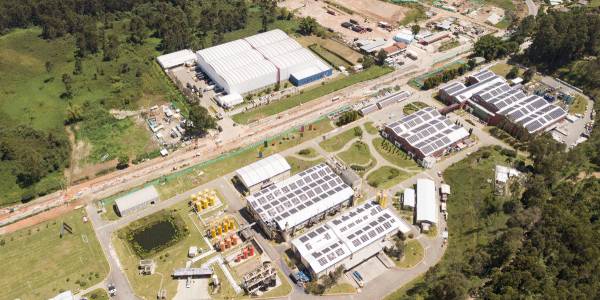
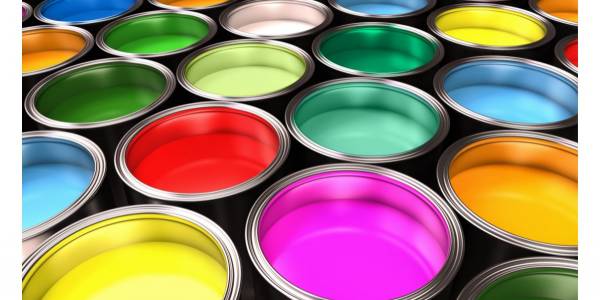

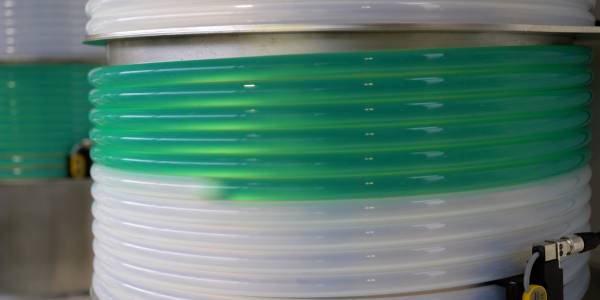
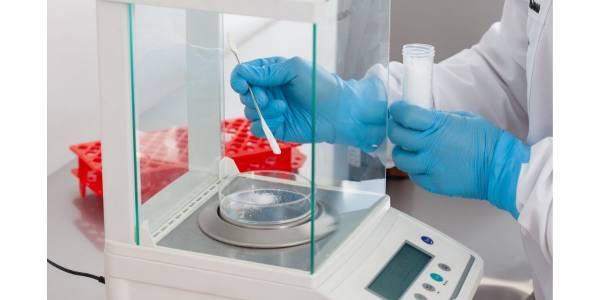

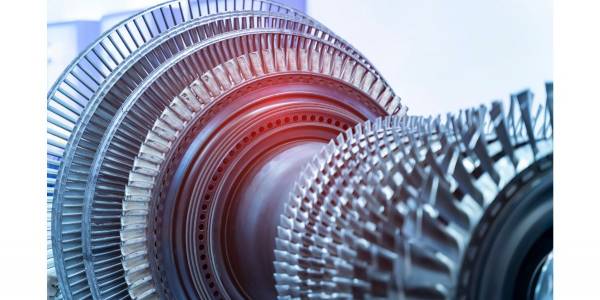


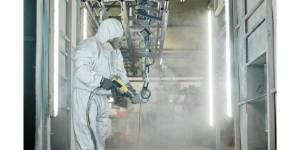
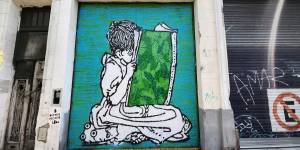

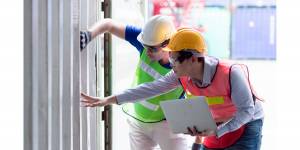
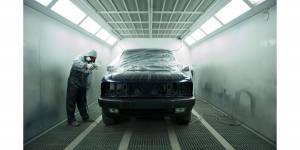






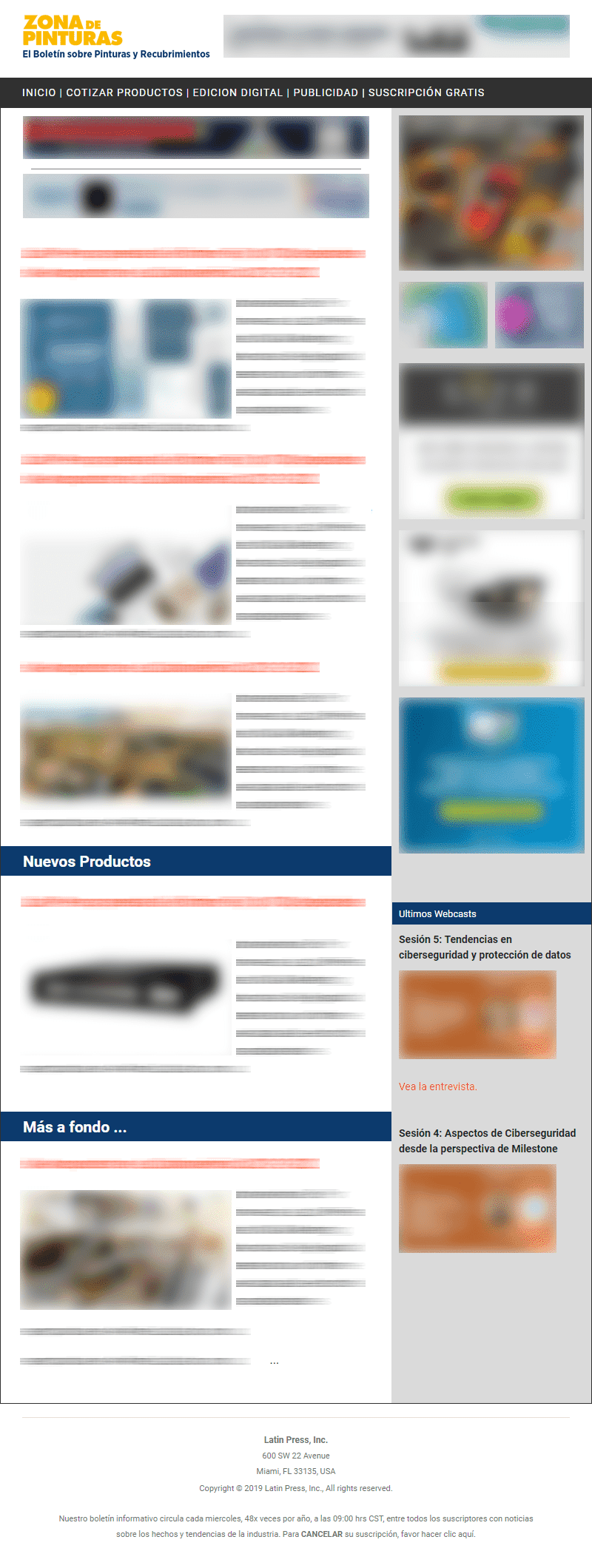
Leave your comment